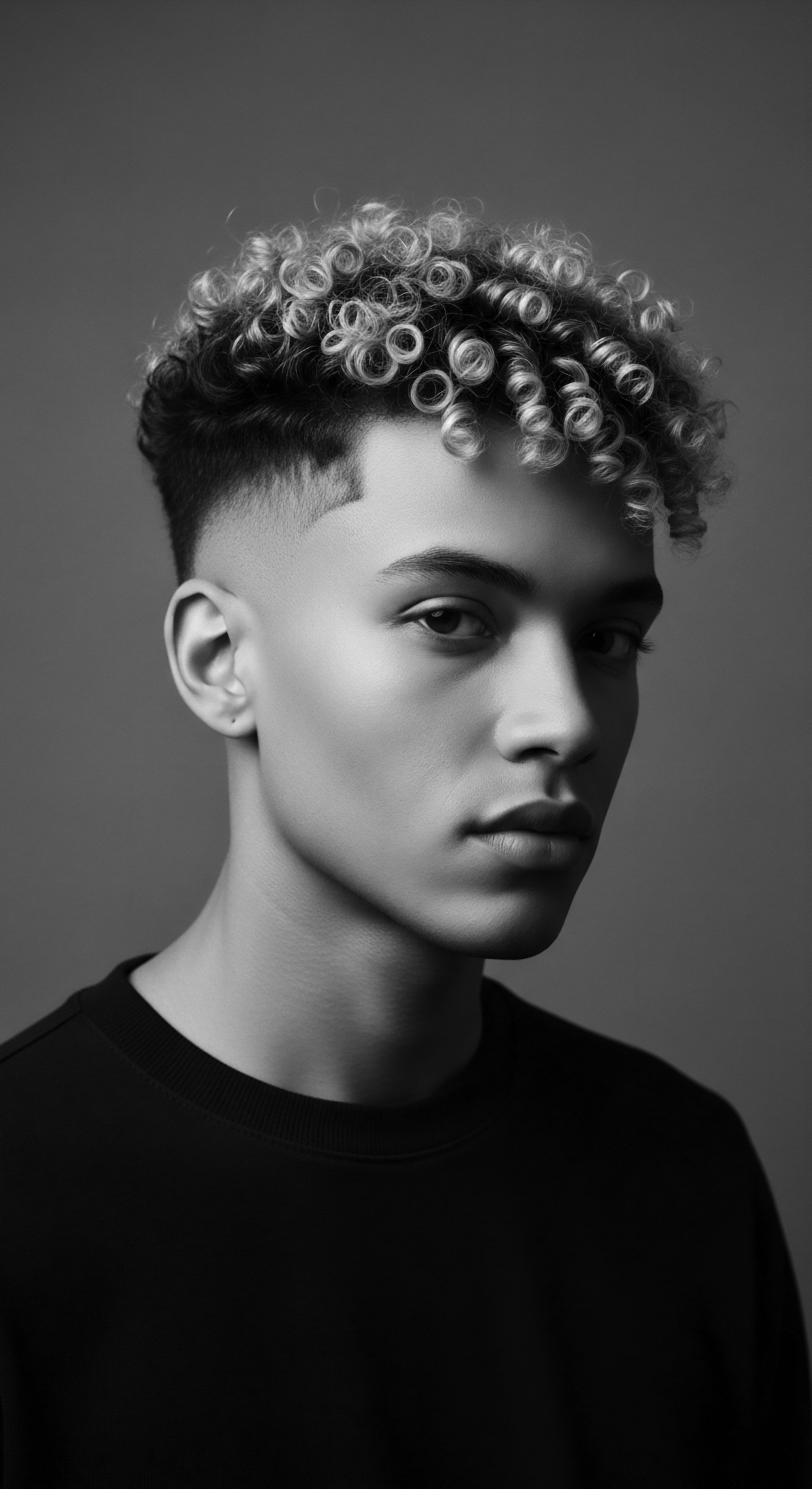
Fundamentals
The concept of “Daily Hair Routines” points to the consistent, repeated actions undertaken to care for and maintain hair, often spanning cleansing, conditioning, moisturizing, detangling, and styling. This regular practice extends beyond mere aesthetics, encompassing a crucial aspect of personal well-being and expression. For individuals with textured hair, particularly those from Black and mixed-race ancestries, this daily attention represents a connection to a deep historical legacy, a ritual that speaks volumes about resilience and identity. The approach to daily hair care, even in its most fundamental forms, reflects a continuous conversation between biological needs and cultural significances, where each strand holds stories passed down through generations.
Across various cultures, the meticulousness of hair care routines has often mirrored societal values and individual status. For textured hair, the inherent structural qualities, such as its unique coil patterns and propensity for dryness, necessitate particular care, a fact understood and addressed through ancestral practices long before modern scientific classification. The foundational understanding of a daily hair regimen begins with recognizing hair not merely as dead protein, but as a living canvas, a conduit for self-expression and cultural affirmation.
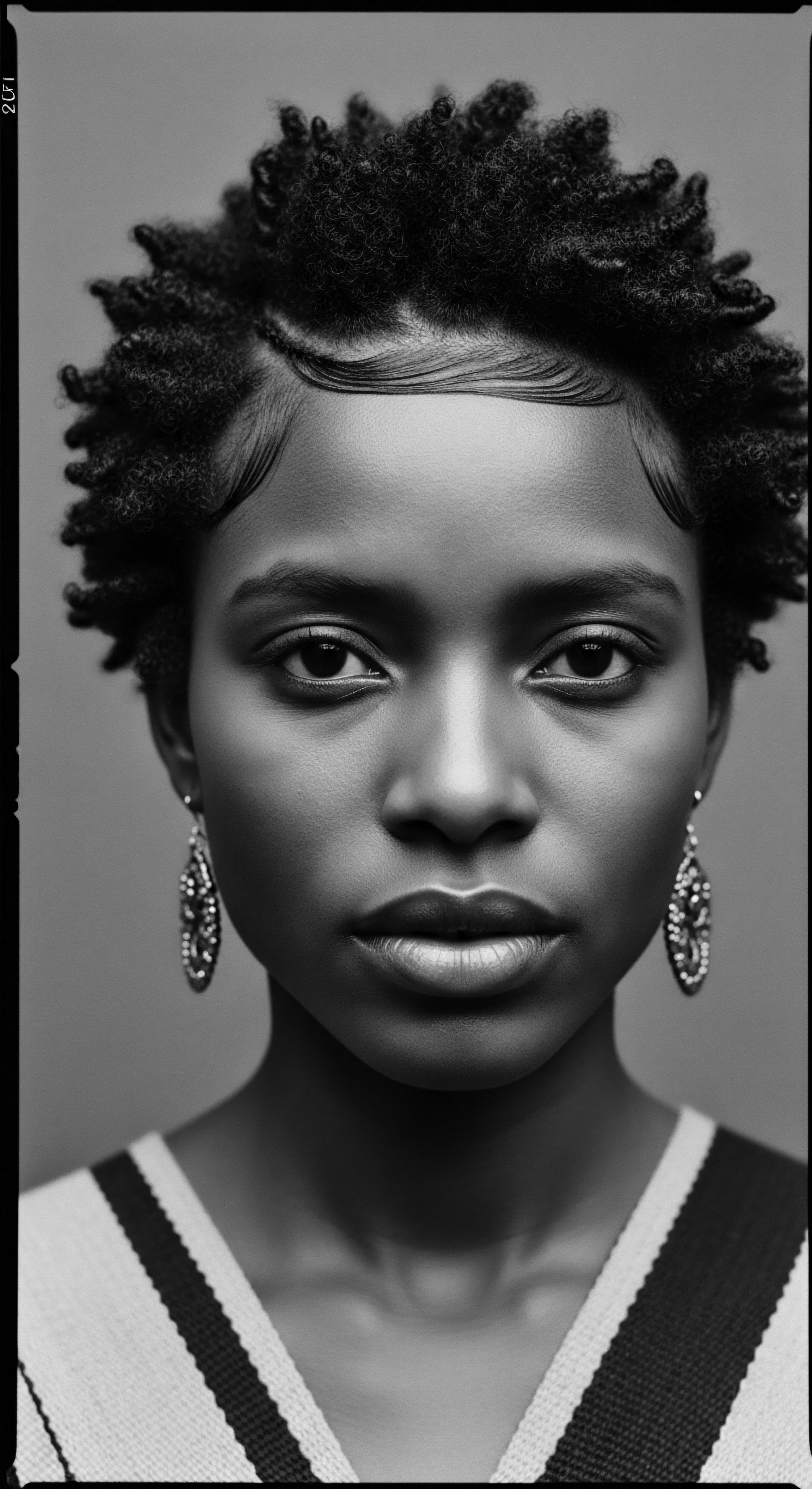
Essential Components of a Daily Regimen
The daily care of textured hair typically includes several core elements, each serving a specific purpose in preserving health and vitality. These components are interwoven with traditions that have sustained hair wellness for centuries.
- Hydration and Moisture Retention ❉ Textured hair thrives on moisture. Traditional practices often utilized natural oils, plant butters like shea butter (Shea, 2024), and infusions to seal in hydration, a practice validated by contemporary understanding of hair porosity. This ongoing quest for moisture is fundamental to preventing breakage and maintaining elasticity.
- Gentle Detangling ❉ The distinct curl patterns of textured hair can lead to tangling. Ancestral methods often involved finger-combing or wide-toothed tools, along with slippery, natural emollients, to carefully separate strands, minimizing stress on the hair shaft.
- Protective Styling ❉ Many traditional hairstyles were inherently protective, designed to safeguard hair from environmental stressors and minimize manipulation. Braids, twists, and various forms of coiling offered both beauty and preservation, reducing tangles and maintaining length.
- Scalp Care ❉ A healthy scalp supports healthy hair growth. Ancient practices frequently included scalp massages with nourishing oils, promoting circulation and creating a conducive environment for robust strands. This focus on the scalp as the source of hair’s vitality is a consistent thread in historical care.
Understanding these fundamental elements allows individuals new to comprehensive textured hair care to build a routine that honors their hair’s unique biology and its rich heritage. The deliberate application of these care principles, often rooted in ancestral wisdom, helps ensure that textured hair remains vibrant and resilient, a testament to its enduring legacy.

Intermediate
Delving deeper into the understanding of Daily Hair Routines reveals a sophisticated interplay between biological necessity, environmental adaptation, and profound cultural significance, particularly for textured hair. The meaning of these routines expands beyond simple hygiene, becoming a complex form of communication and a preservation of identity. For Black and mixed-race communities, the nuances of daily hair care hold layers of history, resistance, and self-definition, often reflecting ancestral ingenuity in adapting to circumstances while maintaining deep connections to their origins.
The structured attention given to textured hair on a daily basis is a testament to its unique architecture. Unlike straight hair, the coiled and often delicate nature of textured strands requires specialized consideration to maintain their integrity. This realization led to the development of sophisticated care practices over generations, practices that modern science now increasingly confirms. The efficacy of traditional hair oiling practices, for example, connects directly to understanding the cuticle layers and moisture retention in curly textures.
The historical continuity of textured hair routines provides a powerful lens through which to comprehend their enduring significance.
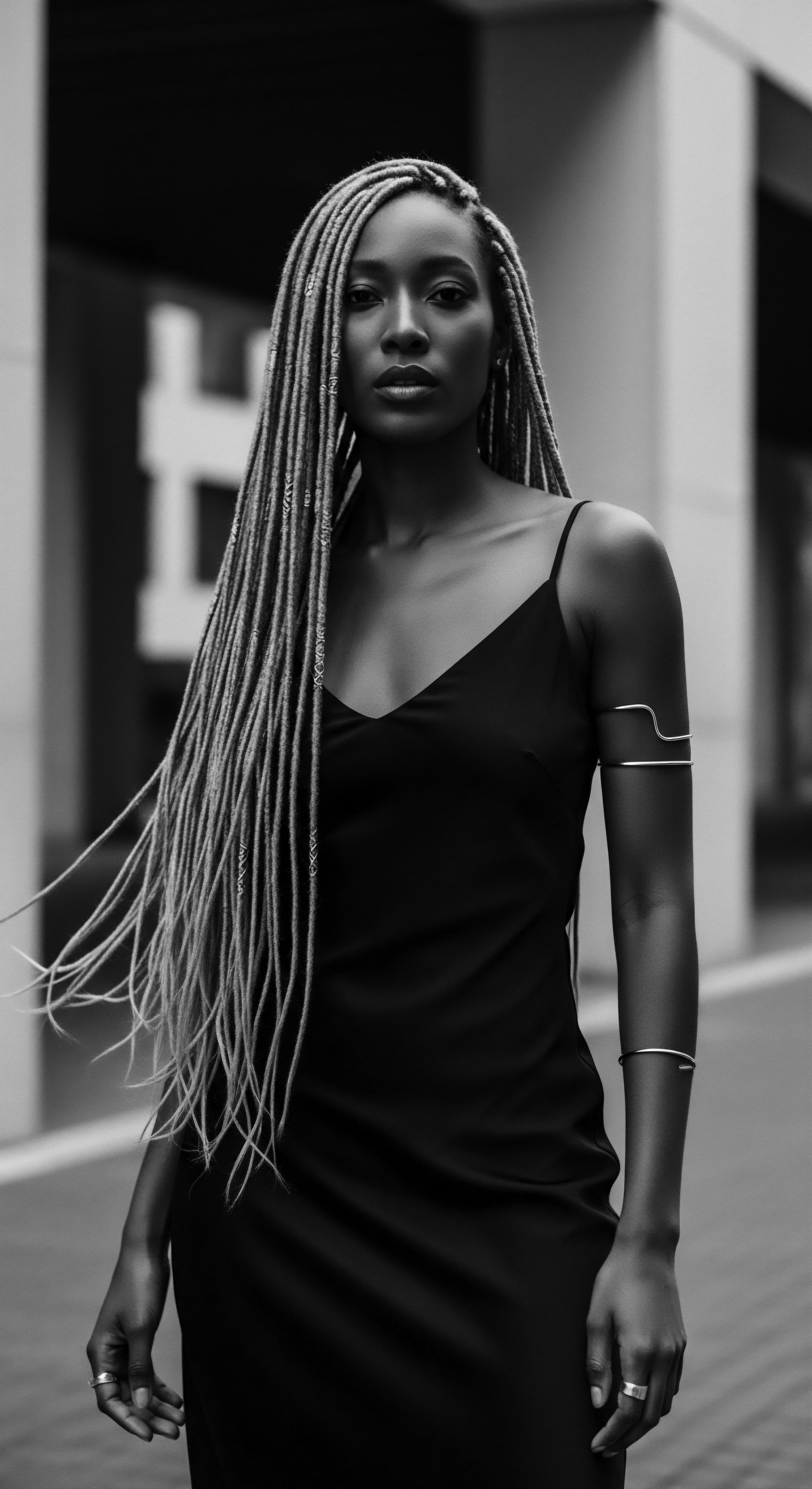
Echoes from the Source ❉ Biology and Ancient Practices
The very structure of textured hair, with its elliptical cross-section and varying curl patterns, from wavy to tightly coiled, dictates its inherent needs. This biological blueprint is the source from which ancient practices drew their wisdom. Early African civilizations, long before colonial disruptions, developed comprehensive daily hair care regimens that served not only aesthetic purposes but also social and spiritual functions. Hairdressers held esteemed positions, and the communal act of grooming fostered strong bonds (Byrd and Tharps, 2014).
The deliberate choices in products and techniques reflected a deep empirical understanding of hair. Natural ingredients like shea butter, found in the Sahel belt, were used not just as moisturizers but also for their protective qualities, offering UV protection and nourishing benefits (Shea, 2024). This historical knowledge base provided a resilient foundation for daily care that would later face immense challenges.
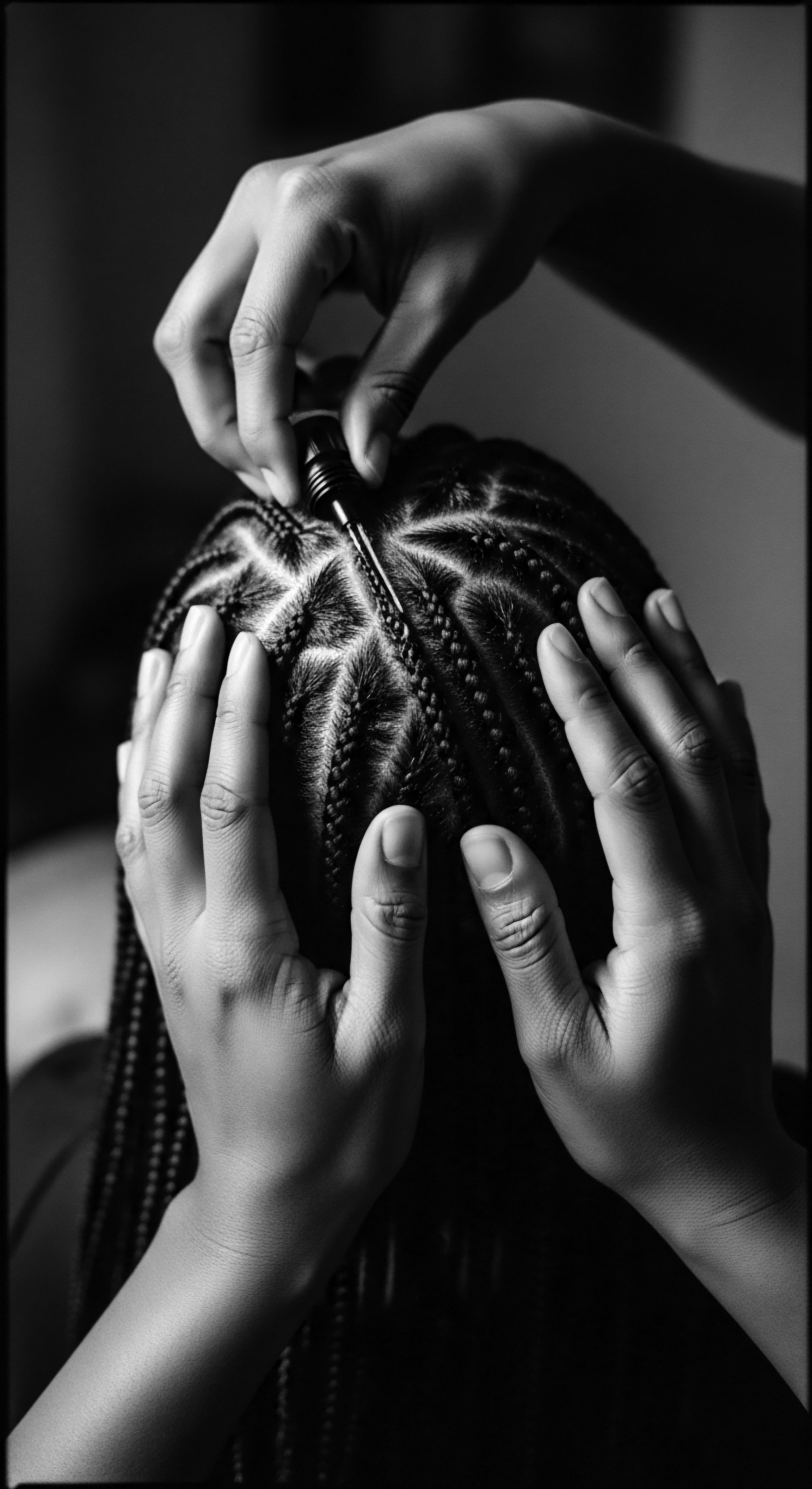
The Tender Thread ❉ Living Traditions of Care and Community
The daily care of textured hair has always been a communal endeavor, a tender thread connecting generations. In pre-colonial West African societies, hairstyles served as intricate communication systems, conveying marital status, age, religion, ethnic identity, wealth, and rank within the community (Byrd and Tharps, 2014). The time-consuming process of braiding or styling hair, often lasting hours or even days, transformed daily routines into opportunities for social bonding, storytelling, and the transmission of cultural knowledge (Odele Beauty, 2024). The act of grooming itself became a ritual of connection.
This communal aspect of daily hair routines became particularly poignant during the transatlantic slave trade. Stripped of their original identities, often having their heads shaved as a deliberate act of dehumanization upon capture, enslaved Africans found ways to reclaim agency through their hair (Thompson, 2009; Johnson and Bankhead, 2014; Byrd & Tharps, 2014). The daily styling of cornrows, for instance, transformed into a covert form of resistance.
| Traditional Practice Intricate Braiding Patterns (Pre-15th C. West Africa) |
| Adapted Significance in Enslavement Concealing seeds for planting in new lands. |
| Traditional Practice Communal Hair Grooming |
| Adapted Significance in Enslavement Sharing messages and mapping escape routes (cornrows). |
| Traditional Practice Protective Styling for Longevity |
| Adapted Significance in Enslavement Maintaining hair health despite harsh conditions and lack of tools. |
| Traditional Practice Use of Natural Butters/Oils |
| Adapted Significance in Enslavement Resourcefulness with limited materials like kerosene or bacon grease for moisture. |
| Traditional Practice The daily act of caring for hair, even under duress, became a powerful assertion of spirit and ingenuity for enslaved peoples. |
Cornrows, a braiding style performed close to the scalp, became an unexpected tool for survival and resistance. There is evidence that enslaved people used cornrows to hide seeds for sustenance in their new environments and, remarkably, to encrypt messages and maps for escape routes, signaling paths to freedom (Dabiri, 2019; Odele Beauty, 2024; ResearchGate, 2023). This remarkable adaptation of daily hair routines from cultural markers to tools of liberation underscores the profound meaning woven into every strand.
The continuity of these practices, even when simplified or altered due to oppression, speaks to the resilience inherent in the daily hair routines of Black and mixed-race communities. The acts of cleansing, detangling, and styling, no matter how humble the means, were not merely about appearance; they represented an unbroken lineage of care, a whisper of ancestral memory in the face of forced erasure.
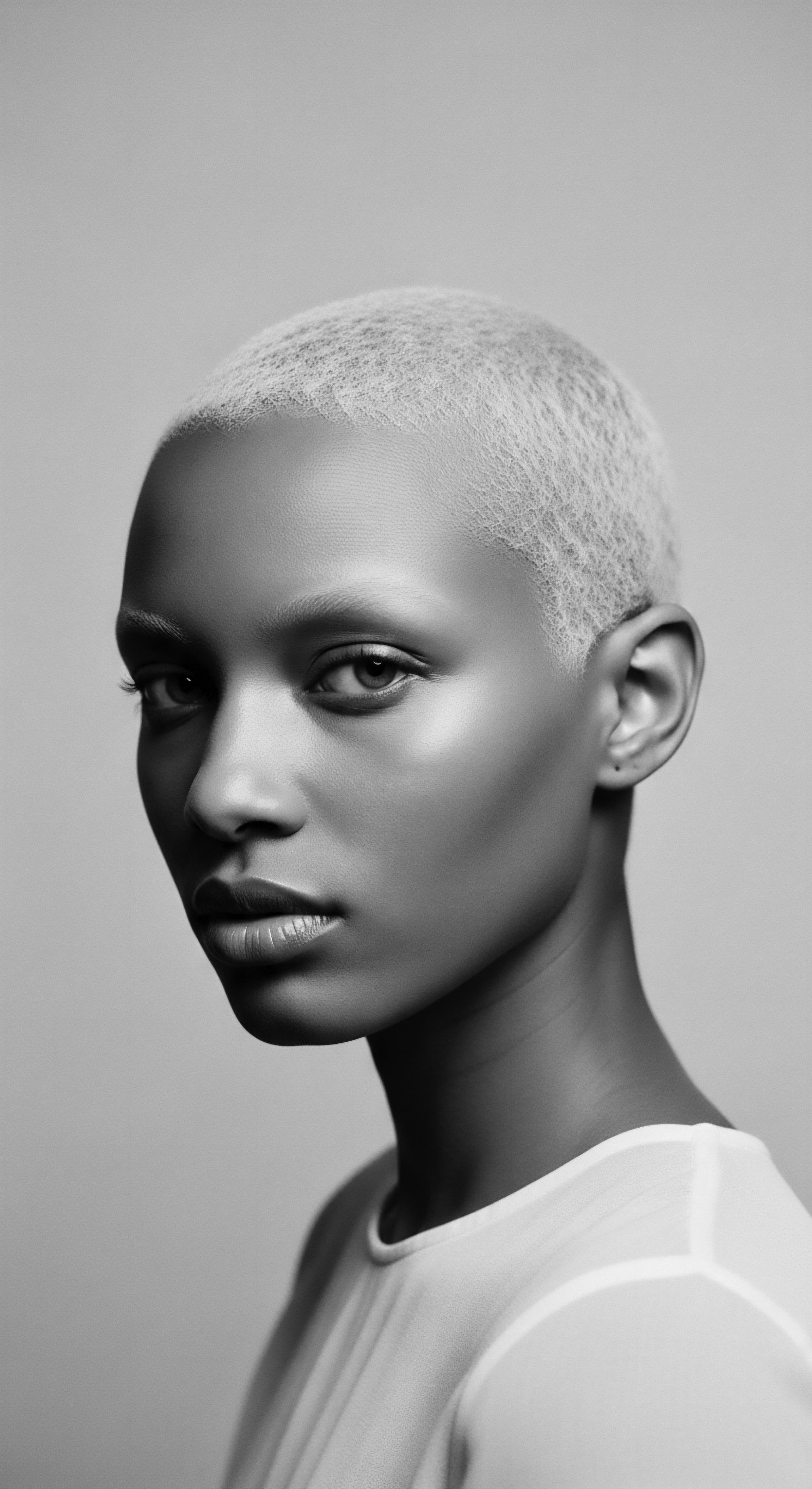
Academic
The academic investigation of “Daily Hair Routines,” particularly within the context of textured hair, moves beyond a rudimentary definition, embracing a comprehensive understanding of their multifaceted implications across biological, psychological, sociological, and historical planes. This concept represents a series of iterative, intentional practices employed to maintain the structural integrity, aesthetic presentation, and often, the social and spiritual significance of hair. For individuals of Black and mixed-race descent, these routines serve as a critical nexus where personal identity, collective heritage, and systemic oppression converge, making their delineation a profound study of human resilience and cultural continuity.
A rigorous examination of daily hair care in these communities reveals a profound historical trajectory. From the complex coiffures of ancient West African societies, which communicated elaborate social codes and spiritual affiliations, to the adaptive strategies forged in the crucible of transatlantic enslavement, and onward to the contemporary natural hair movement, these routines have consistently served as powerful statements of being (Johnson and Bankhead, 2014; Matjila, 2020). The meaning and substance of these practices cannot be divorced from the broader sociopolitical landscapes in which they are performed.
Daily hair routines for textured hair represent a living archive of ancestral knowledge, embodying both the challenges of history and the triumphs of cultural preservation.
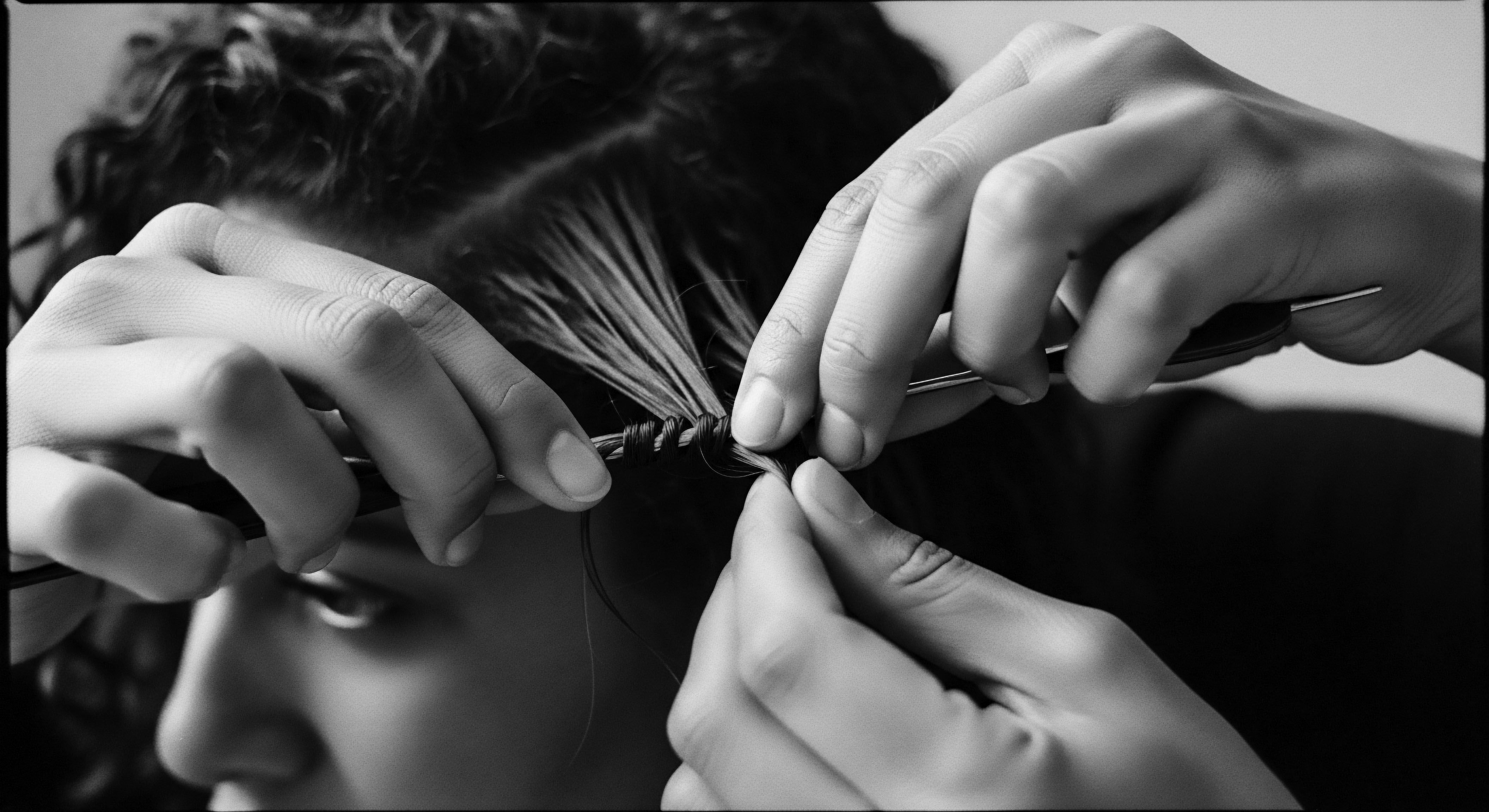
Structural Biology and Hair Maintenance ❉ Echoes from the Source
The intrinsic characteristics of textured hair, marked by its unique helical shape, varying degrees of curl density, and heightened susceptibility to dryness, necessitate particular and consistent daily interventions. The elliptical cross-section of textured hair shafts contributes to its fragility at the curves, rendering it more prone to breakage if not adequately moisturized and managed (Jenkins, 2014). This biological reality underscores the fundamental requirement for hydration, a core tenet of effective daily routines.
Ancient African societies, without the lexicon of modern trichology, developed empirically sound practices to address these needs. They utilized a botanical pharmacopeia, including natural butters like shea and various plant-derived oils, which served as emollients and humectants, effectively sealing the cuticle and retaining moisture (Shea, 2024; WhiteLotusHairStudio, 2022). This ancestral understanding of hair’s elemental requirements, passed down through generations, directly informs the contemporary emphasis on the “LOC” (liquid, oil, cream) or “LCO” (liquid, cream, oil) methods of moisturizing textured hair, demonstrating a continuous, unbroken thread of knowledge.
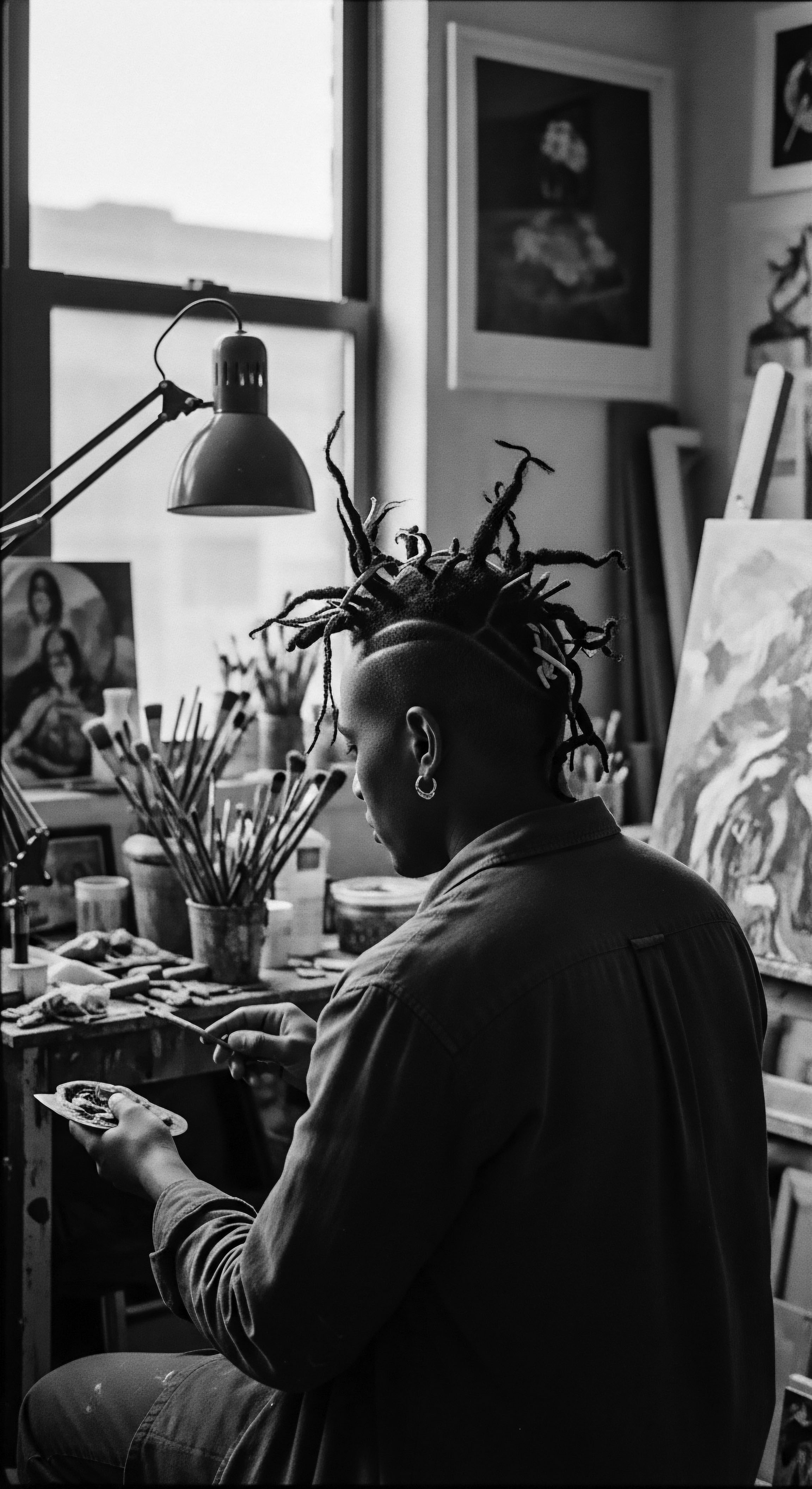
The Science of Moisture Retention
The phenomenon of low porosity in some textured hair types, where the cuticle layers are tightly bound, makes it difficult for moisture to penetrate but also challenging for it to escape once absorbed. Conversely, high porosity hair, with its raised cuticles, readily absorbs moisture but also loses it quickly. Daily routines, therefore, are meticulously calibrated to these individual variations, emphasizing consistent hydration for all textured hair types. This iterative process of application, typically involving water, a water-based leave-in conditioner, followed by an oil and/or a cream, aims to establish a protective barrier that mitigates transepidermal water loss from the hair shaft.
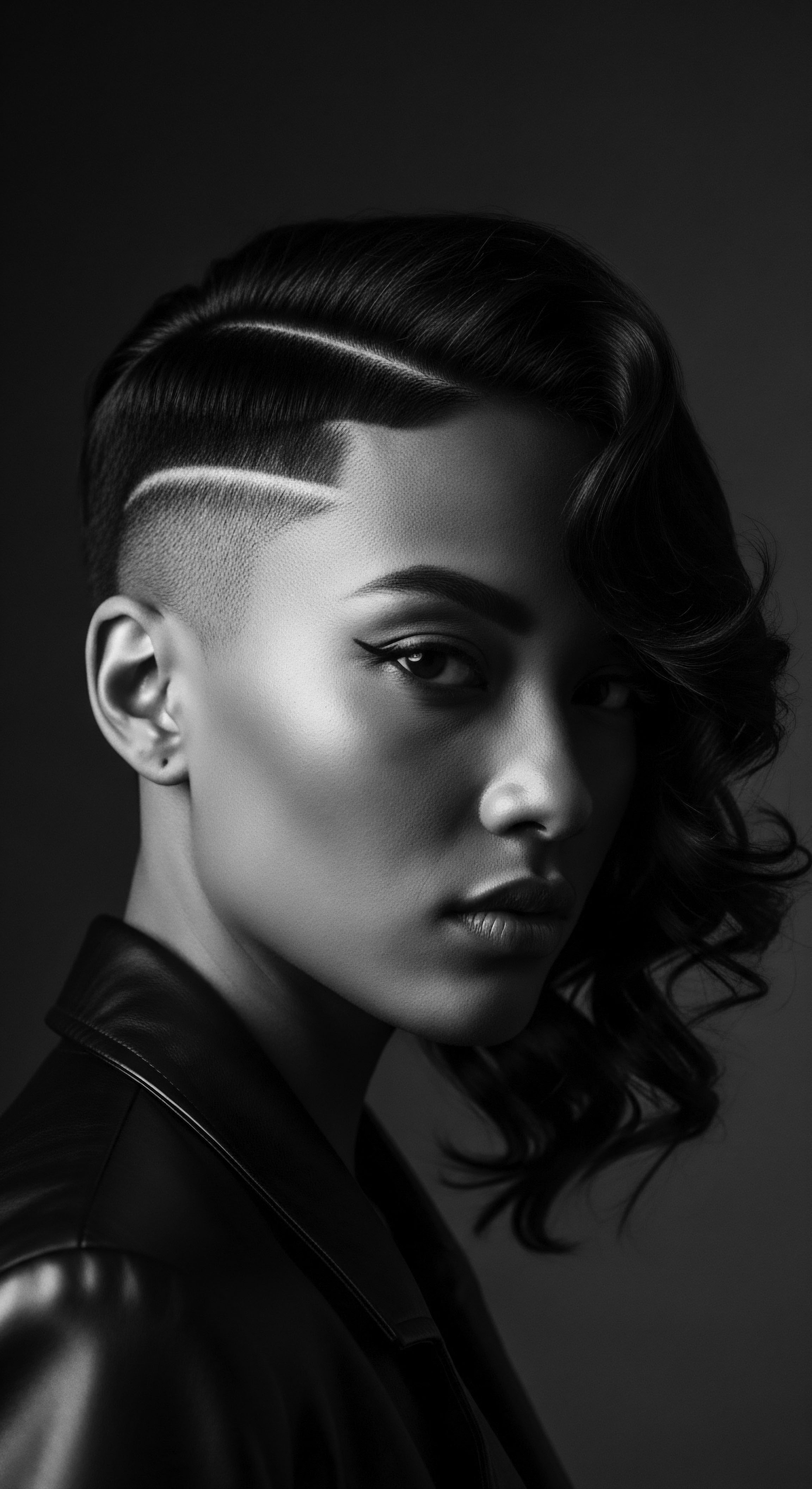
Cultural Preservation and Resistance ❉ The Tender Thread
The historical trajectory of daily hair routines among Black and mixed-race communities is inextricably linked to their experiences of marginalization and resistance. Prior to enslavement, hair styling in many West African societies was a highly ritualized and deeply communal practice, denoting status, identity, and even spiritual connections (Byrd & Tharps, 2014; ResearchGate, 2019). The act of grooming often involved extended periods of communal engagement, fostering social cohesion and serving as a pedagogical space for transmitting cultural values and ancestral stories (Byrd & Tharps, 2014).
The violent disruption of the transatlantic slave trade saw slave traders forcibly shaving the heads of captured Africans, a deliberate act of cultural eradication and dehumanization designed to strip individuals of their identity and connection to their heritage (Byrd & Tharps, 2014; Library of Congress, 2021). Yet, in a remarkable testament to human agency, enslaved people adapted their daily hair practices into clandestine forms of resistance and communication.
- Braiding as Cartography and Sustenance ❉ In the Americas, “cornrows,” a term coined by enslaved people due to their resemblance to rows of corn, became more than merely a hairstyle. They were intricately braided to conceal seeds for planting in new, unknown lands, a desperate attempt to ensure survival. More profoundly, specific cornrow patterns were reportedly used as covert maps, illustrating escape routes through plantations and signaling paths to freedom on the Underground Railroad (Dabiri, 2019; Odele Beauty, 2024). This transformation of a daily styling routine into a tool for liberation represents a powerful example of semiotic inversion, where a visible cultural marker became an invisible language of defiance.
- Resilience in Scarcity ❉ Lacking traditional tools and natural ingredients, enslaved individuals improvised. Narratives describe the use of rudimentary tools and available substances, like “jimcrows” (similar to wool carders) for detangling and even bacon grease or kerosene for conditioning, highlighting an enduring commitment to hair care despite severe constraints (Library of Congress, 2021). These adaptations underscore the deep-seated value placed on hair maintenance as a remnant of self and heritage in the face of profound adversity.
The meaning of hair for Southern African Black women, as explored by Matjila (2020), illuminates how colonial systems perpetuated racial hierarchies by devaluing African hair textures, labeling them “woolly” or “peppercorn” (Byrd & Tharps, 2014). This devaluation led to internalized prejudices and the imposition of Eurocentric beauty standards, a legacy that continues to influence perceptions of textured hair today. The “good hair” versus “bad hair” dichotomy, deeply rooted in the era of slavery, compelled many Black women to chemically straighten their hair to conform to societal norms, often altering their daily routines to prioritize assimilation (Byrd and Tharps, 2014; Thrifts & Tangles, 2021).
A significant shift occurred with the “Black is Beautiful” movement of the 1960s and the subsequent Natural Hair Movement of the 21st century. These movements saw a collective reclaiming of natural hair, transforming daily hair routines from acts of conformity into declarations of self-acceptance and cultural pride (Banks, 2000; Thrifts & Tangles, 2021). This resurgence emphasized the importance of affirming one’s inherent beauty, directly challenging the oppressive narratives that had permeated society for centuries.
The CROWN 2023 Research Study revealed that 41% of Black women altered their hair from curly to straight for job interviews, and 54% believed they should have straight hair for such occasions, demonstrating the persistence of hair discrimination in professional settings (Jenkins, 2024). This statistic speaks to the ongoing tension between cultural expression and societal expectations, highlighting how daily hair routines are not merely personal choices but often responses to deeply embedded systemic biases. The continuous redefinition of beauty norms within Black women’s communities through embracing natural hair illustrates a sustained collective consciousness and identity (Byrd and Tharps, 2014; Jenkins, 2024).
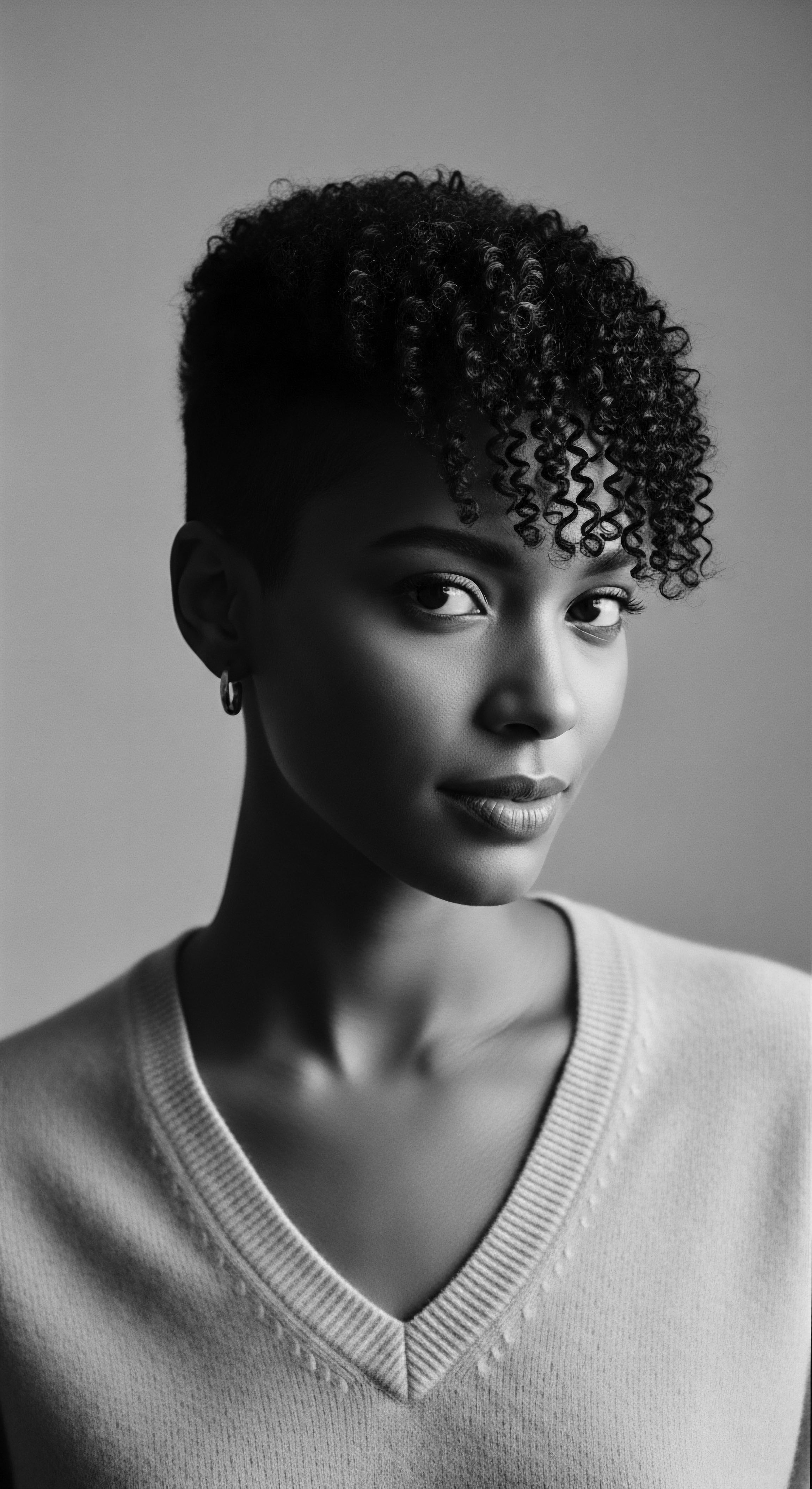
Identity and Shaping Futures ❉ The Unbound Helix
The daily hair routine, in its contemporary manifestation, represents a continuous dialogue with the past while simultaneously shaping future expressions of identity. For individuals with textured hair, these practices are profoundly personal, yet they carry the weight of collective historical experience. The act of washing, conditioning, and styling each day or week becomes a meditative engagement with one’s heritage, a quiet act of defiance against historical attempts to erase distinct cultural markers.
The growth of the natural hair care market, often driven by Black women entrepreneurs, reflects an economic and cultural self-determination. This ecosystem supports the development of products tailored to the specific needs of textured hair, moving away from a reliance on formulations designed for Eurocentric hair types. The deliberate choice to support these businesses and engage in routines that prioritize hair health over conformity contributes to a vibrant cultural economy and reinforces communal bonds.
Psychological scholarship, such as the work of Afia Mbilishaka, has drawn attention to the emotional consequences of hair shaming within Black communities, demonstrating how discriminatory comments about hair textures and styles can lead to feelings of embarrassment, anxiety, and sadness (Mbilishaka, 2024). Understanding these impacts reinforces the critical importance of daily hair routines as acts of self-care and affirmations of self-worth. When individuals consciously choose to care for their textured hair in ways that honor its natural form, they engage in a powerful act of self-love that counters centuries of negative messaging.
The ongoing advocacy for legislation like the CROWN Act, which prohibits discrimination based on hair texture or protective hairstyles, signifies the enduring fight for hair liberation and the recognition of daily hair routines as fundamental human rights (Jenkins, 2024). These legislative efforts acknowledge that hair is more than just a cosmetic attribute; it is an integral part of racial and cultural identity. The daily decisions individuals make about their hair, therefore, contribute to a larger societal shift toward inclusivity and respect for diverse forms of beauty. The journey of the unbound helix, through its daily care, is a testament to the enduring spirit of a people who have consistently found ways to celebrate their true selves.
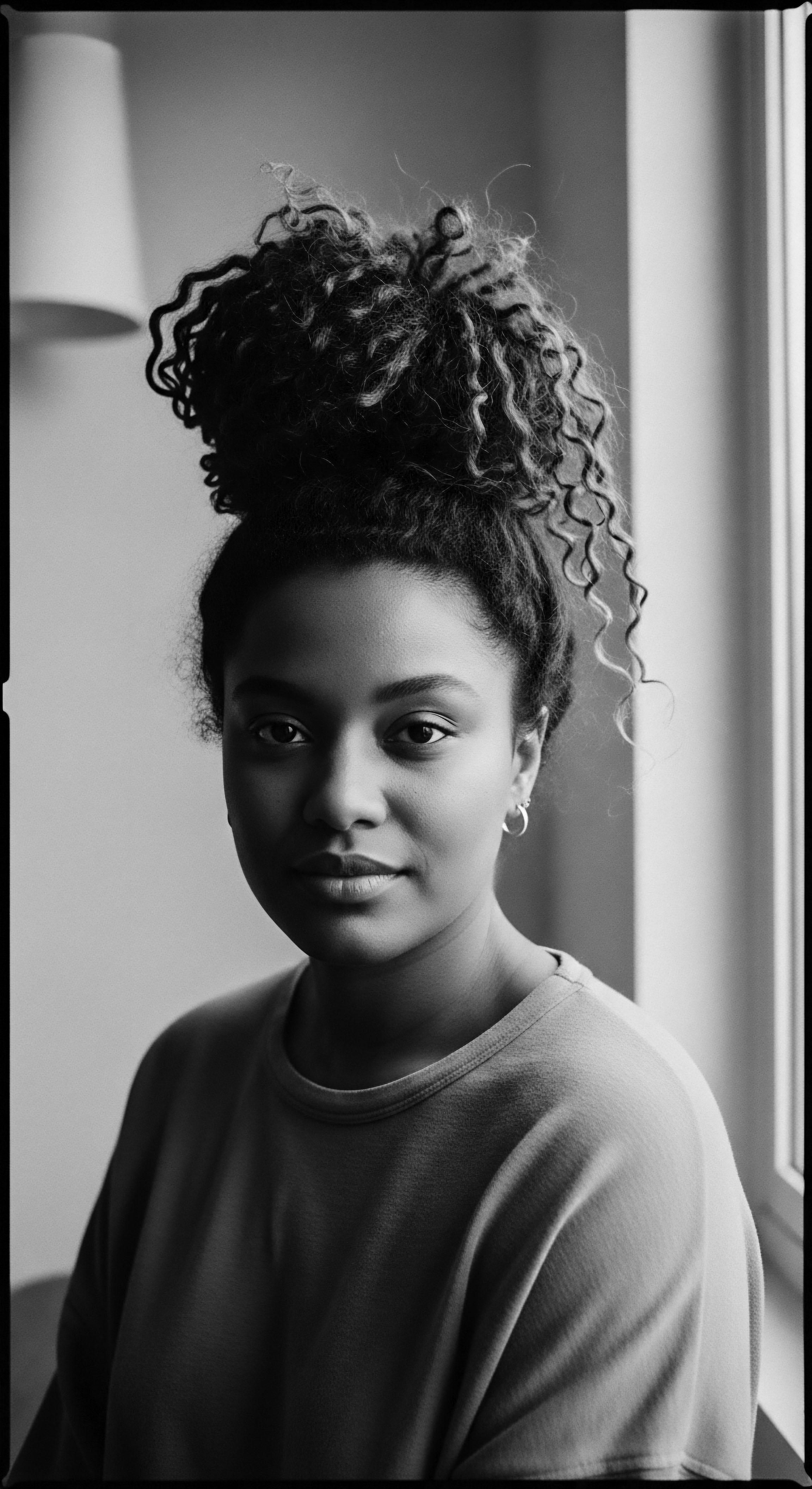
Reflection on the Heritage of Daily Hair Routines
The journey through the daily hair routines of textured hair, from its elemental biology to its living traditions and its role in shaping futures, paints a portrait of profound resilience and unwavering cultural spirit. The meticulous attention given to each strand, the selection of nourishing ingredients, and the dedication to protective styling are not merely contemporary practices; they are echoes of ancestral wisdom, carried forward through generations. We witness a continuity of care that survived the most egregious attempts at cultural erasure, transforming acts of maintenance into powerful statements of identity and resistance.
The heritage of daily hair routines for Black and mixed-race communities stands as a testament to the enduring power of self-definition and the sacred bond between hair and soul. It is a story told in every coil, every twist, every gentle detangling, a narrative of survival, adaptation, and an unwavering affirmation of inherent beauty. As we continue to understand the intricate science of textured hair, we do so with reverence for the ancient hands that first knew its secrets, those who laid the groundwork for a legacy of profound care. This ongoing conversation between past and present ensures that the daily hair routine remains a vibrant, cherished ritual, forever rooted in the rich soil of ancestral wisdom.
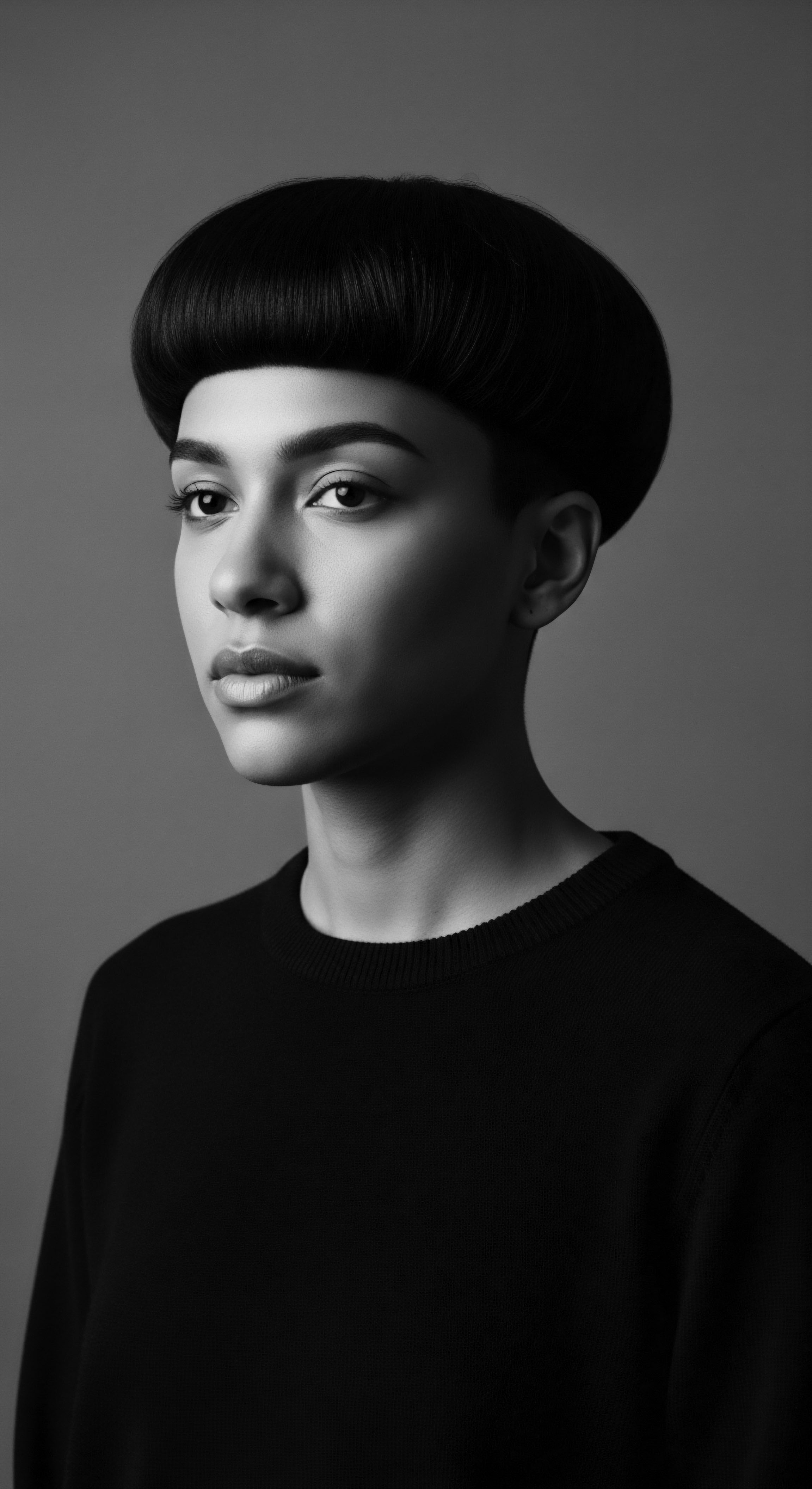
References
- Banks, C. A. (2000). Black Hair ❉ Art, Culture, History. Rizzoli International Publications.
- Byrd, A. & Tharps, L. L. (2014). Hair Story ❉ Untangling the Roots of Black Hair in America. St. Martin’s Griffin.
- Dabiri, E. (2019). Don’t Touch My Hair. Harper Perennial.
- Johnson, D. & Bankhead, C. (2014). The Hair in Black History. Journal of African American Studies, 18(1), 86-97.
- Jenkins, N. D. (2024). Ujima Natural Hair and the Black Community Black Paper. (Doctoral dissertation, Capella University).
- Matjila, C. R. (2020). The meaning of hair for Southern African Black women. (Master’s thesis, University of the Free State).
- Mbilishaka, A. M. (2024). Don’t Get It Twisted ❉ Untangling the Psychology of Hair Discrimination Within Black Communities. American Journal of Orthopsychiatry.
- Odele Beauty. (2024, January 16). A History Lesson On Hair Braiding.
- Shea, C. (2024, February 13). Ancient Gems ❉ A Historical Survey of African Beauty Techniques.
- Thompson, K. (2009). The Black Body ❉ Hair, Beauty, and Identity. Journal of Black Studies, 39(6), 947-959.
- Thrifts & Tangles. (2021, December 16). The Evolution of Black Hair for Beauty & Resistance.
- WhiteLotusHairStudio. (2022). Black Hair History.
